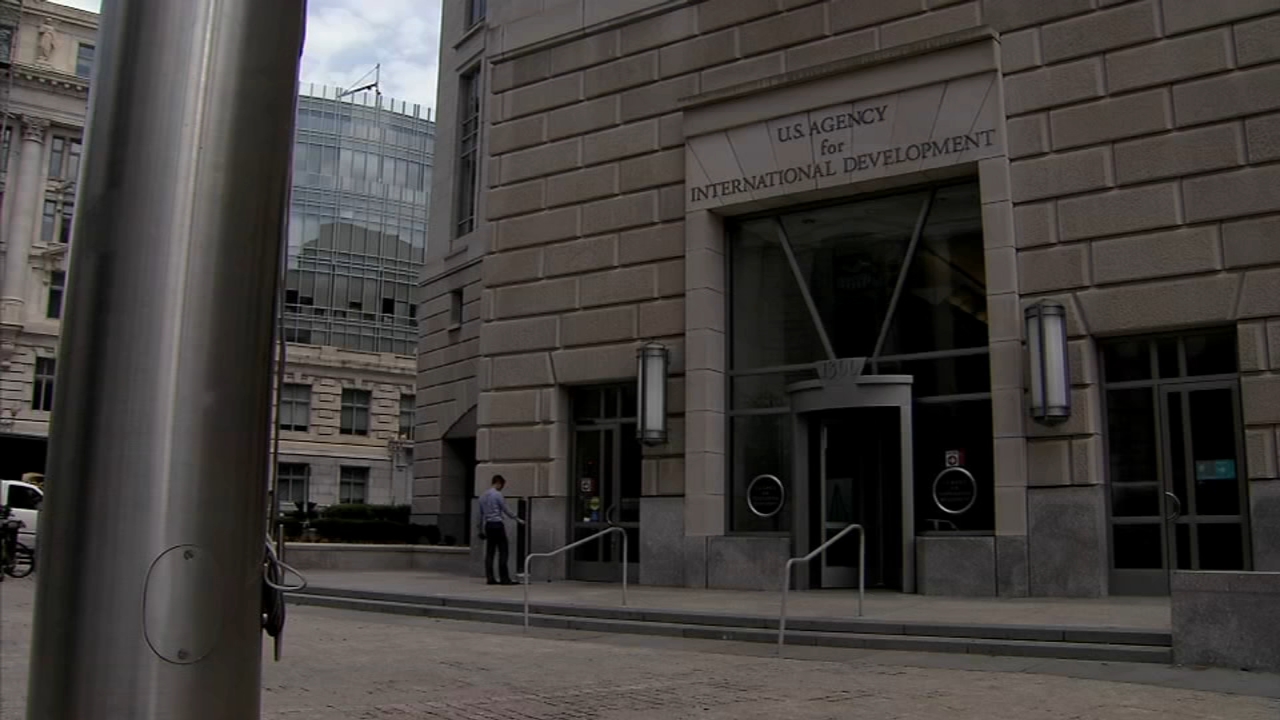Stanford University burn control experiment could help ecosystem, cut fire risk in years to come
STANFORD, Calif. (KGO) -- There's a new twist on wildfire preparedness here in the Bay Area. It's an experiment at Stanford University, not just to cut the risk this year but potentially cut it in decades to come.
On a sunny afternoon, crews guiding a tank-like machine burned a path through the wild grass near the Stanford University dish, kicking off a study that will eventually turn thousands of acres into a living fire lab.
Known as the BurnBot, the unit works like a rolling furnace, scorching the ground with a precision that's keeping the controlled burn safe and potentially providing new clues for researchers.
MORE: How climate is impacting California's fire season, and a solution involving plants
Esther Cole Adelsheim is the conservation program manager for Stanford.
"So our goal will really be to monitor how the fire behaves in this really controlled setting," Adelsheim explains.
She says Stanford has tested a variety of fire control techniques across its 8,000-acre property, ranging from pile burns at its nearby Jasper Ridge site to goats brought in to graze the hillside. But the goal has now evolved to learning the benefits and drawback of specific techniques -- in this case, the effects of controlled fire on native and non-native plants.
"So if we can just do one pass, that creates a fuel break and also controls weeds and promotes native plants... that would be absolutely ideal," she says.
MORE: Stanford study examines the lasting effects wildfires have on soil, posing new problems

The team flagged off small areas into study zones, noting plant varieties and soil condition in the area. Stanford professor Dr. Scott Fendorf is hoping the data generating technique will eventually add to his research on a newly discovered side effect from recent wildfires -- heat so intense, it's turning a natural chemical in the soil from safe to toxic.
"The big one for us is chromium. So chromium exists in what's called the trivalent form that's benign for humans generally in soils and rocks. And when fire comes through, it catalyzes and changes it into hexavalent chromium. For anybody that remembers the 'Erin Brockovich' movie, that's that chemical that got in the groundwater," Fendorf explains.
His team wants to learn which soils are most vulnerable and at what temperatures, potentially keeping firefighters and clean-up crews safer in dangerous conditions.
"What we're trying to do is predict when you're going to generate those, what are the conditions that are going to make them the worst," he says.
For Stanford, it's a kind of doubling down, combing fire safety and fire research -- protecting a spectacular corner of the Bay Area while hoping to protect others in the future.
The BurnBot technology being used in the study was developed by a start-up here in the Bay Area.
MORE: Wildfires can unlock toxic metals from soil, Stanford study shows












